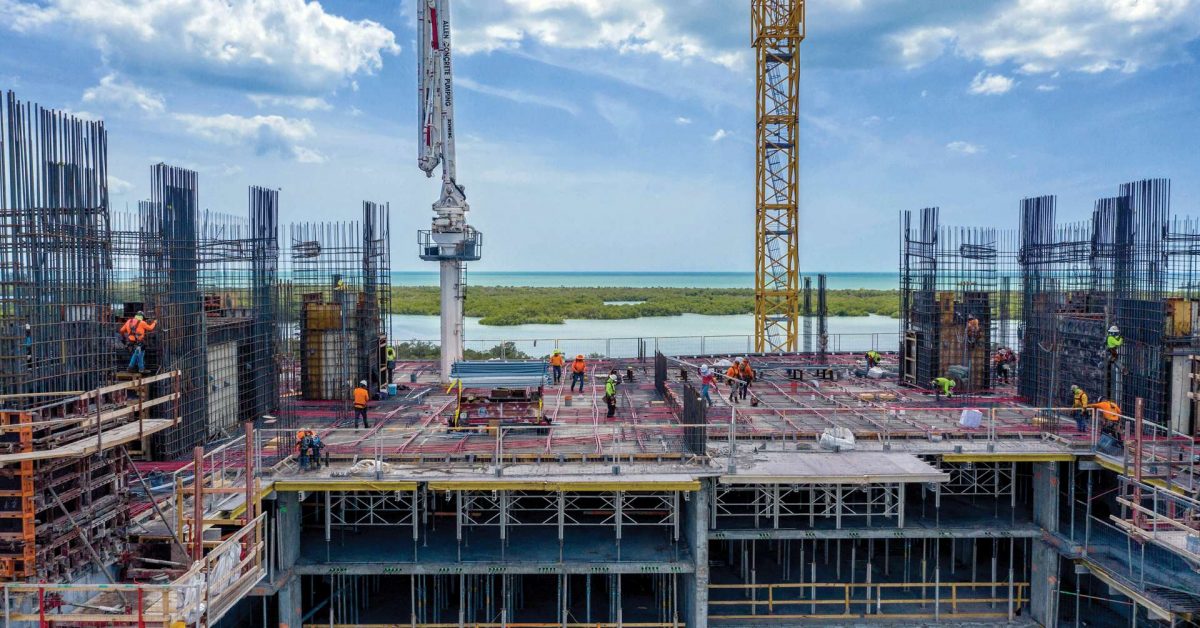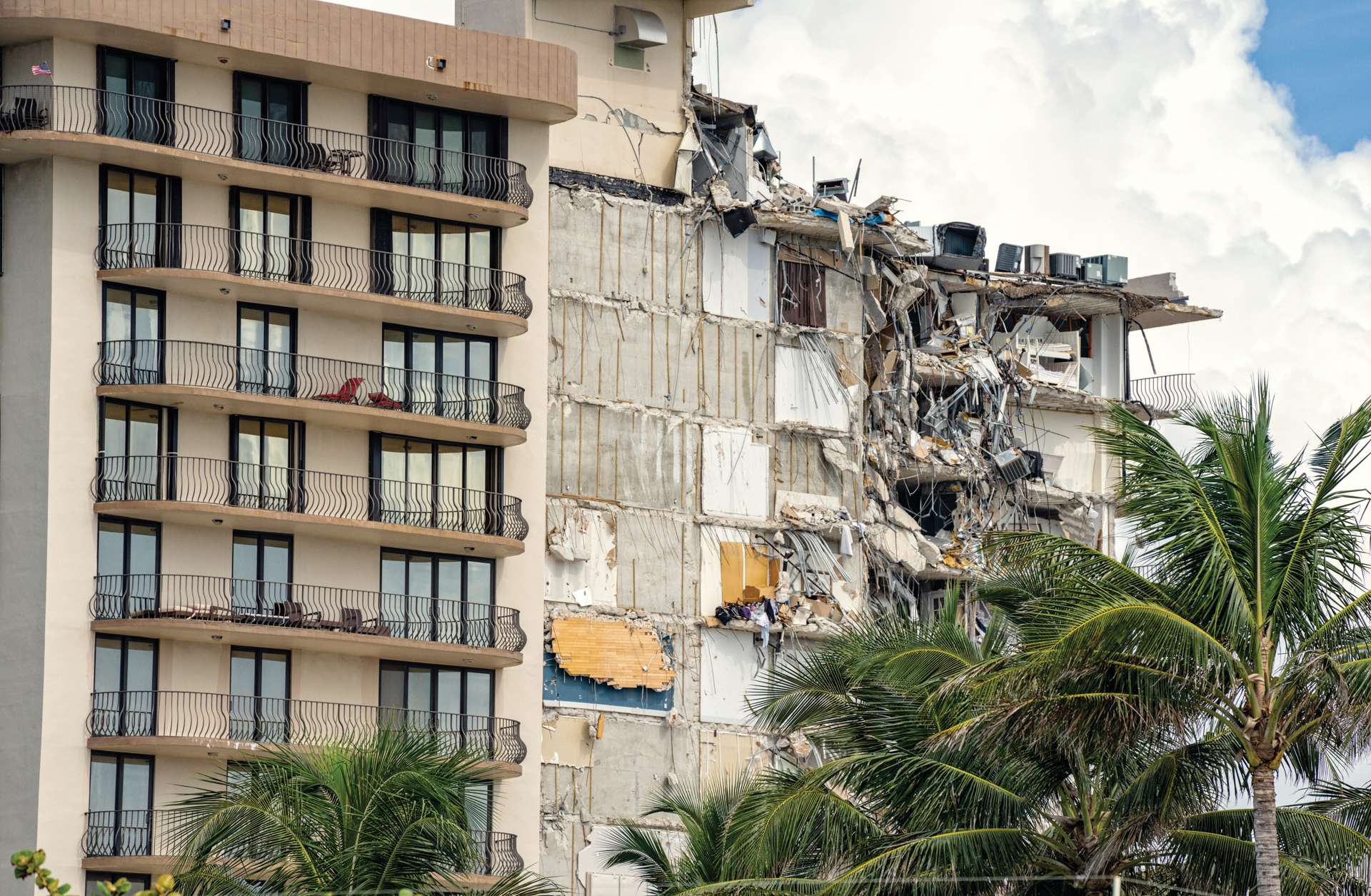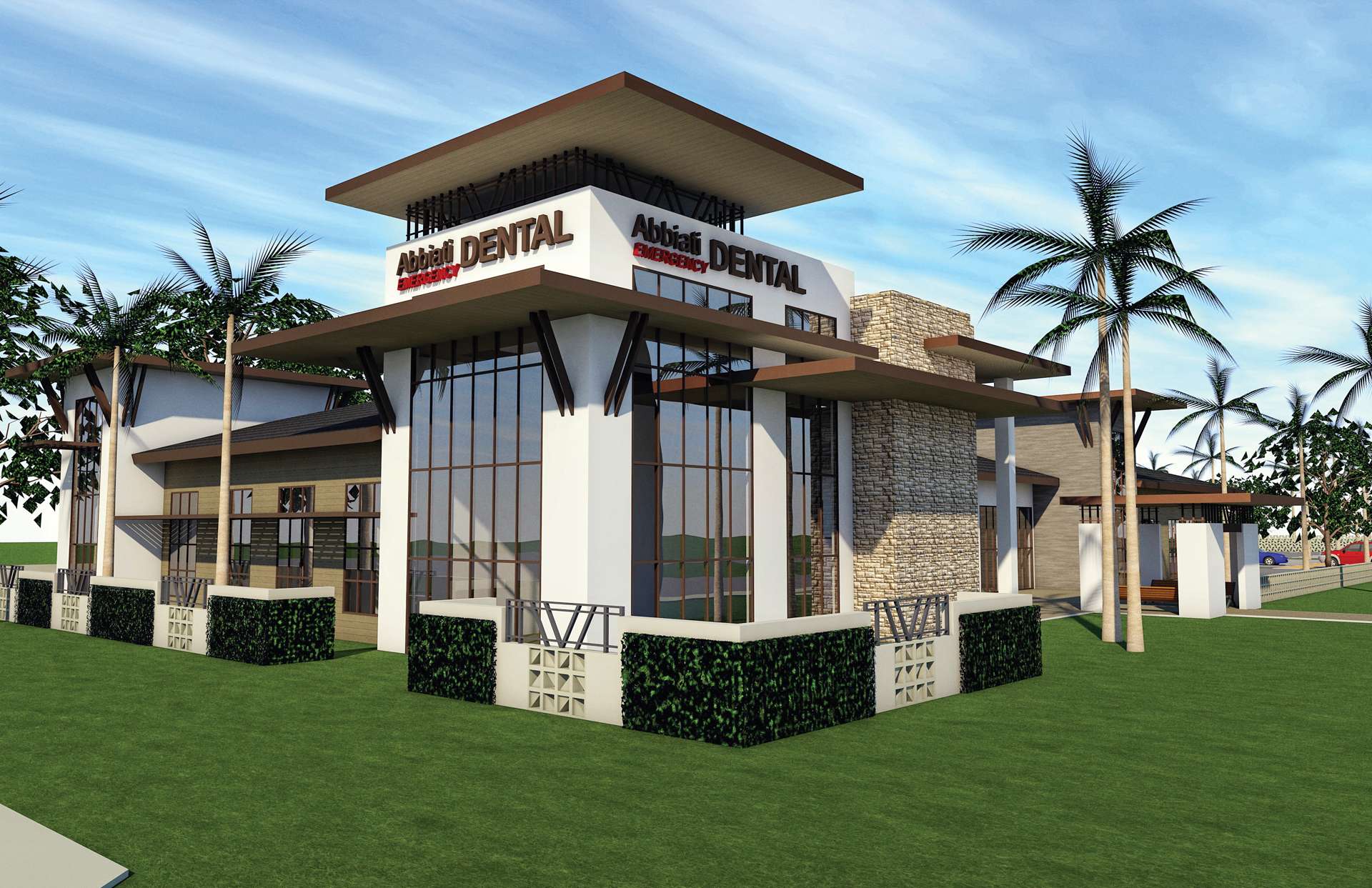(Editor’s Note: This story, published in Gulfshore Business, went to press prior to the Florida Legislature passing SB 4D and Gov. Ron DeSantis signing the bill into law May 26 requiring statewide recertification of condominiums over three stories tall. Recertification will be required after 30 years, or 25 years if the building is within 3 miles of the coast, and every 10 years thereafter. Condominium associations must have sufficient reserves to pay for major repairs and conduct a study of the reserves every decade. It also requires condominium associations to provide inspection reports to owners, and if structural repairs are needed, work must begin within a year of the report.)
Florida’s population has jumped from around 3 million in 1950 to more than 22 million people today—and this number has continued to skyrocket since the pandemic. Between July 2020 and July 2021, Florida became second in the country for most residents gained, according to U.S. Census Bureau data. As demand for housing rises, so do costs, but in a state with among the most residential condominium units, the housing issue isn’t centered solely around new builds—aging buildings on the coast are just as much of a problem.
“I’ve done a lot of retrofit work on condos on Sanibel Island throughout the years where the weather, exposure and salt have taken a toll,” says Michael Sheeley, president/partner of Fort Myers-based MK Architecture. “The imperative thing for large concrete buildings on the coast is that associations must have a regular maintenance and inspection program to consistently repair exposed concrete and steel through the life of the building, and I don’t think there’s a magic number to predict whether that building will last 20 or 50 years.”
In Florida, out of the roughly 1.5 million condominium units, nearly 131,773 are between 20 and 30 years old, while more than 105,000 are more than 50 years old. Most communities don’t require periodic structural inspections or post-occupancy building safety inspections of multifamily buildings. But, nearing the one-year anniversary of the Surfside condo collapse—which, according to The New York Times, was partially caused by crumbling concrete on the ground floor and corrosion to the rebar that provides structural support—there has been more conversation about the safety of high-rise construction.
“As contractors, we have been working hand in hand with the condominium associations’ management to ensure that the proper waterproofing techniques are adhered to whenever the homeowner wants to replace or install balcony tile,” says Mario Valle, senior relationship manager at PBS Contractors, a Southwest Florida concierge builder. “This is something we have been doing for a long time. Everyone in construction in Southwest Florida understands that water intrusion is one of the biggest issues that causes structural damage, and we are all working as an industry to follow best practices.”
However, one bill everyone recently had their eyes on, safety and inspection bill HB 7069, failed to pass. “Lobbyists for the management companies publicly supported the bill, and were active in trying to reach a compromise,” explains Allan Douglas, executive director of the Florida Engineering Society, or FES, and the American Council of Engineering Companies of Florida, or ACEC Florida. “From the state perspective, it means everything remains status quo. There remains no statewide mandate to inspect existing buildings and no reforms to condominium regulations, including reserves to ensure the condo has adequate money to keep the building maintained or repaired.”
The bill proposed that inspections for condos three stories or taller that are within three miles of the coast would be required when they reach 25 years of age (and every 10 years thereafter), and inspections for those beyond three miles from the coast would be required when buildings reach 30 years of age. If the bill passed, one of the main benefits would have been removing language in the Florida Statutes that allows condominium associations to waive their reserve requirements any time they choose. “Although required by law, roughly half of the condominiums in the state have no reserves due to this provision, and this almost certainly means that these buildings are not being properly maintained and kept in good repair,” Douglas says. “Unless steps are implemented at the local government level, such as the recertification programs in Miami-Dade and Broward, there are only a few municipalities that have moved to implement similar provisions, and most of the state remains unregulated.”
While current building codes may result in longer-lasting structures, the number of those needing housing continues to grow, which means “higher density and higher prices, in my opinion,” Douglas says. “There will most likely be many structures in the 40- to 50-year-old range that will need to be taken offline in years to come due to lack of maintenance, which will only add to the problem.”
Greener futures
As supply chain issues continue and building demands rise due to the uptick in new residents, construction is slowing, which Sheeley said may be a self-correcting fix. “Every subcontractor and contractor is trying to hire people who aren’t really there, and the delay in materials has exacerbated the whole construction process,” he says. “I would say we have challenges for the next 10 to 20 years given the growth of the population.”
MK Architecture currently is working on a lot of multifamily projects, and for one condo in Bonita Springs, Sheeley said he steered clients toward local materials to avoid supply chain issues. Recycled wood and other reused materials can lead to green architecture, as well as alleviate or eliminate the cost or delay in shipping. Tesla Solar Roof tiles and the Powerwall compact battery system, meanwhile, form one option that can replace generators and lead to a smaller footprint than traditional solar panels, and can be controlled 24/7 through mobile monitoring. Another perk is design intended to last and withstand rough weather conditions. “I think that we are trending in the construction, architecture and design market toward more sustainable buildings, which will help everyone over time,” Sheeley says. “Increasing energy efficiency, collecting rainwater … things like that could be done and haven’t been done as well as they should be.”
Infrastructure improvements
In Southwest Florida, 19 bridges have been deemed “structurally deficient”—the lowest of three ratings a bridge can receive—and this includes the bridge over the Lido Canal in Cape Coral, meaning it needs to be replaced or repaired in the next six years. With the help of the American Rescue Plan Act, which was passed last year, Lee County will build a new Big Carlos Pass Bridge, which will be one of the largest road projects planned for the county in the next two years. Part of the $91.8 million in spending from the funds, the pass is the first in a series of infrastructure developments ready for replacement. Also on the list: the Cape Coral Bridge westbound span and Midpoint expansion and enhancement. “Transportation is our biggest issue [in the region], and we see it every day on the roads,” says Michael Sheeley, president/partner of Fort Myers-based MK Architecture. “I think the lack of planning and foresight to anticipate the growth of the population is a major hindrance.”
Charlotte County – Punta Gorda Metropolitan Planning Organization, or MPO, as well as Lee and Collier County MPOs, have implemented a 2045 Long Range Transportation Plan. Over the next 25 years, the plan outlines ways to improve the infrastructure network and provide a long-term investment framework to account for current and future transportation needs and requirements of each area.
“The Southwest region of Florida is indeed growing quickly, and future infrastructure development in Southwest Florida not only includes its roads and bridges but is multi-modal in structure by also focusing on seaports, rail, trails and airports,” says FDOT District One Secretary L.K. Nandam. “The Florida Transportation Plan is updated every five years, so for this reason, the conversations between FDOT, District One and our partners in Southwest Florida are ongoing and flexible to allow for instances when additional funding sources or opportunities become available.”








